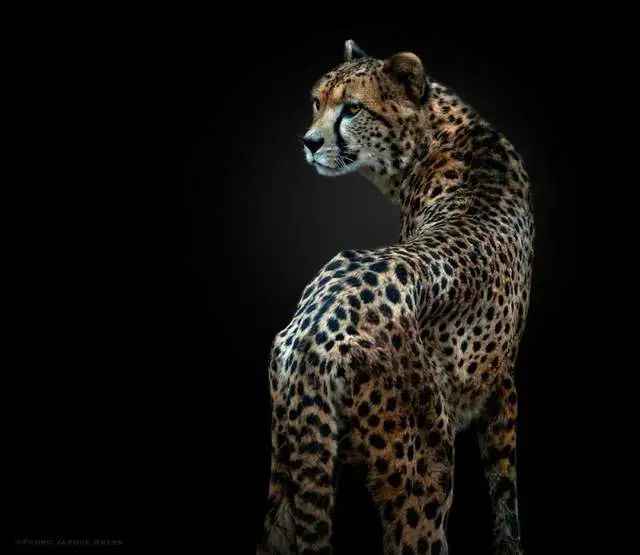NAIROBI, Kenya — July 18, 2025 — Once numbering around 100,000 across Africa in the 20th century, the cheetah population has plummeted to a mere 7,500 individuals today, pushing the world’s fastest land animal onto an ever-growing list of species teetering on the brink of extinction. This dramatic decline underscores a crisis that threatens to erase one of Africa’s most iconic predators.
Conservationists warn the downward spiral reflects broader ecological unraveling. The primary driver is unchecked human population growth, which has shrunk cheetah habitats by fragmenting their roaming grounds. Expanding agriculture, urbanization, and infrastructure projects—from highways to settlements—have carved up the savannas, turning once-vast territories into isolated patches where the big cats struggle to hunt or find mates.
Survival is further imperiled by human-wildlife conflict. Retaliatory killings by farmers after livestock predation, coupled with illegal poaching and the exotic pet trade, have decimated local populations. Wildlife biologists caution that without urgent intervention, wild cheetahs could vanish from most of their current range within three decades.
While conservation initiatives across southern Africa strive to protect remaining habitats, limited funding and political will hamper progress. The cheetah’s rapid decline serves as a stark reminder: as the last wild spaces vanish beneath human expansion, so too does the hope of preserving Earth’s fragile biodiversity.










